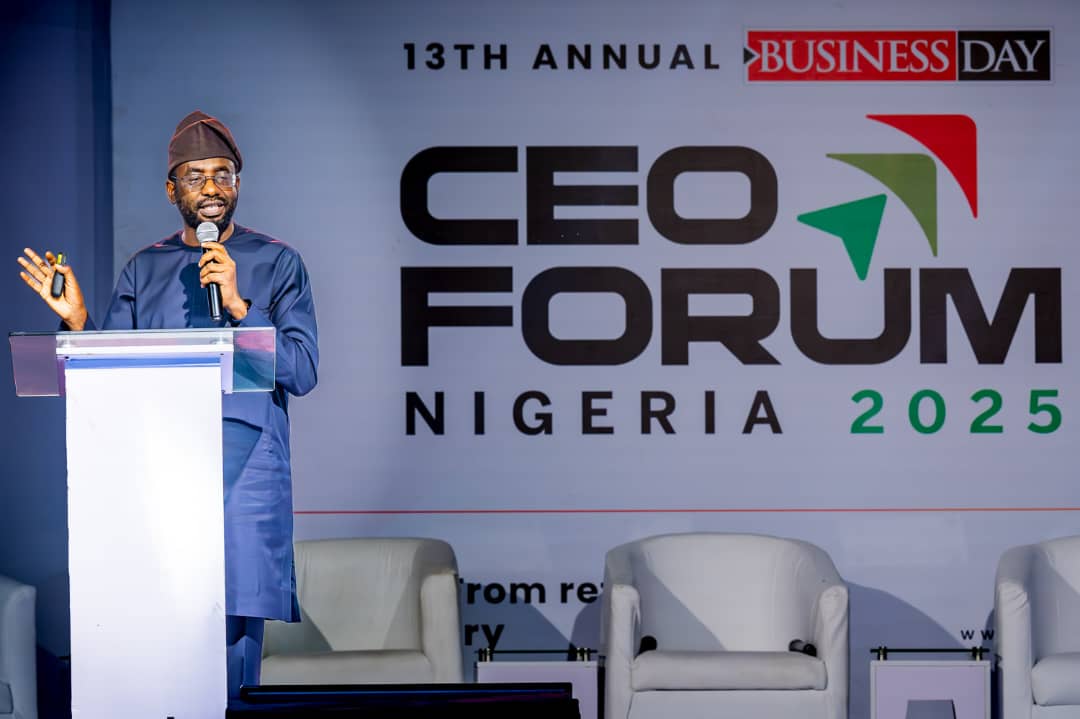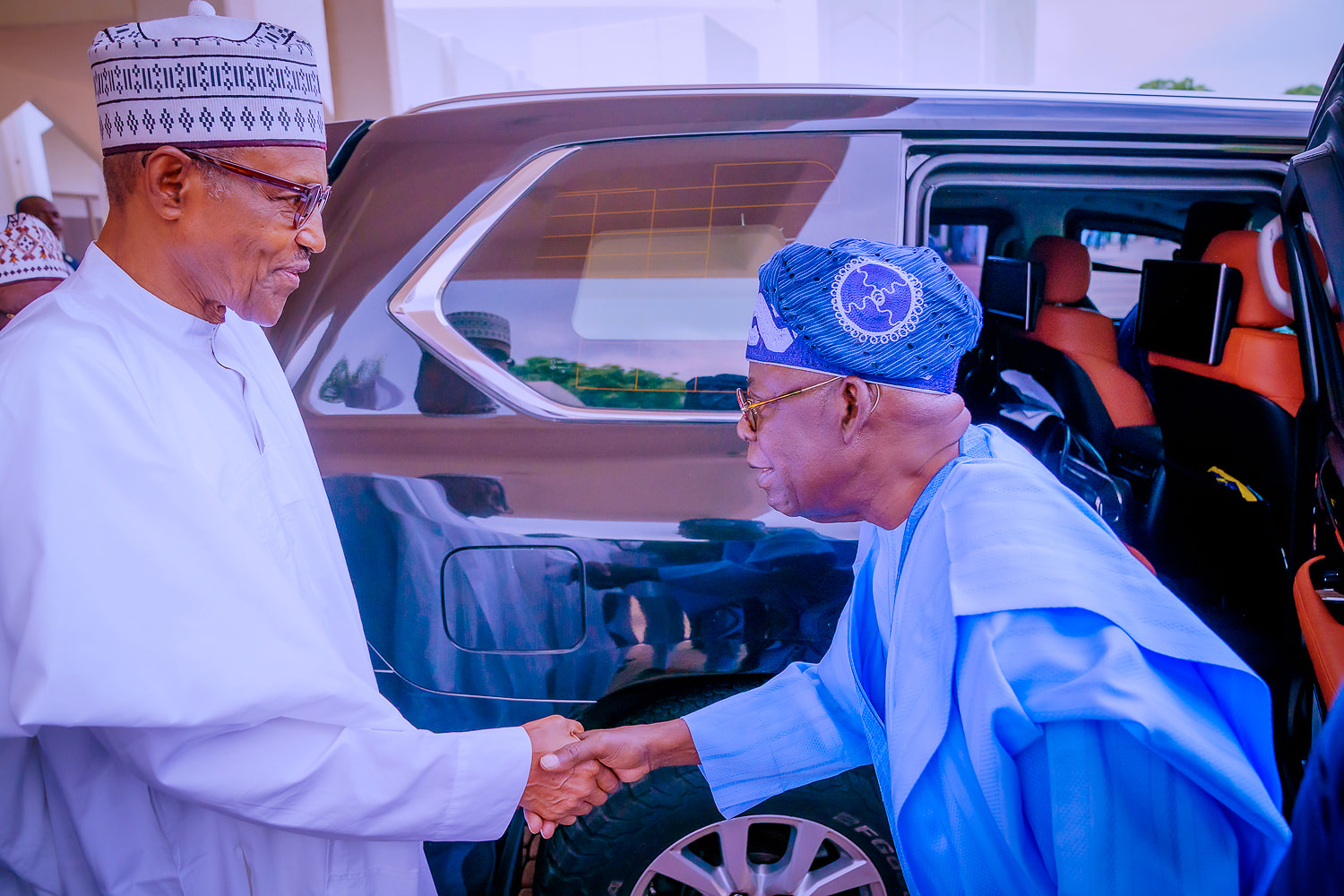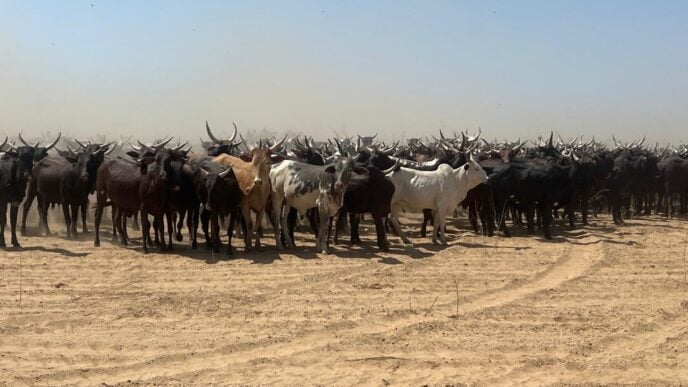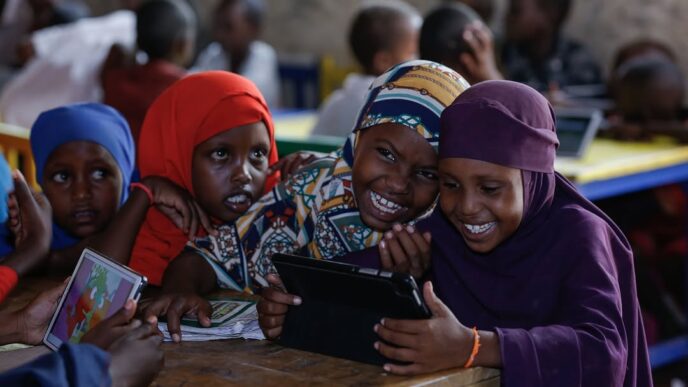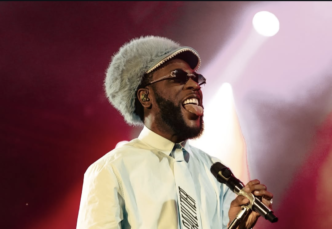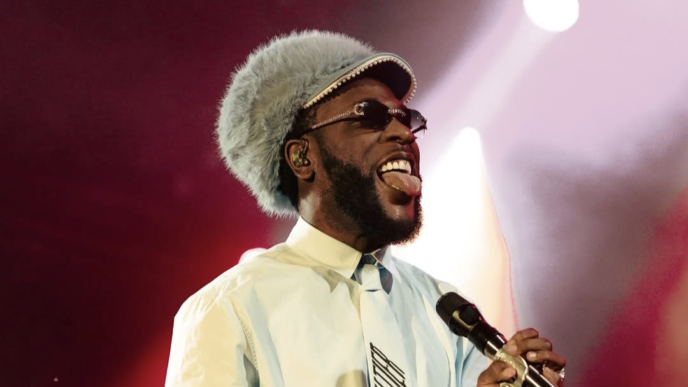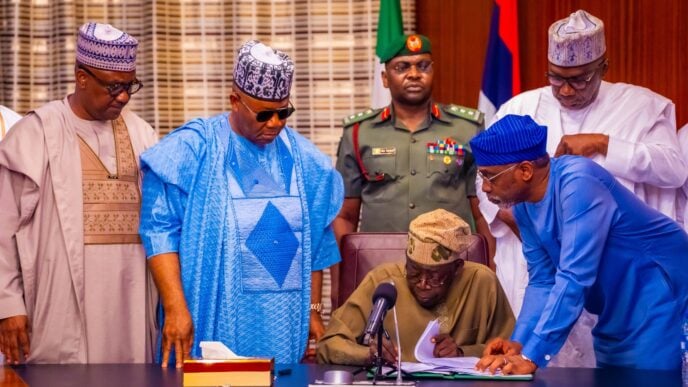BY MUBARAK UMAR
At last week’s BusinessDay CEO Forum in Lagos, I found myself struck by a powerful idea while listening to Kashifu Inuwa Abdullahi CCIE, director-general, National Information Technology Development Agency (NITDA), speaking on a panel titled “Builders of the New Nigeria – Stories of Scale, Grit, and Innovation.” I left with a deeper understanding of how artificial intelligence is reshaping operations and the very nature of leadership.
Kashifu didn’t talk about AI in the usual, alarmist terms. He didn’t describe it as a threat to jobs or an unstoppable wave of disruption. Instead, he framed it as a “thought partner,” “a collaborator.’ That idea has stayed with me. AI, in the way we should see it, is not an enemy to be feared, but a tool to be embraced, one that can enhance decision-making, expand creativity, and increase human productivity when used with vision and care.
There is no doubt that many people today are grappling with anxiety over what AI means for their organisations. We’ve heard the concerns repeated often enough: AI will replace workers, deskill jobs, and devalue human input. But those fears aren’t new. They’ve accompanied every major industrial revolution.
Advertisement
Let us not forget, humanity has been there before. History is full of examples where technological progress stirred the same kind of anxiety. When the steam engine appeared in the late 18th century, it threatened to render physical labour obsolete. When electricity replaced manual tools and processes in factories, many feared it would displace workers permanently. And when computers entered the workplace in the late 20th century, some believed that human jobs would disappear altogether. And yet, each time, humans didn’t disappear. We adapted. We evolved. We redefined our value.
What history teaches us is that with every great disruption comes transformation. AI is no different. We are standing at the beginning of what could be considered the Fifth Industrial Revolution, not one where machines simply replace humans, but where machines work with humans to deliver a richer, more intelligent value.
When I look at AI, I don’t see a threat looming over human labour. I see a new form of intelligence waiting to be integrated into our thinking. I see a collaborator, something we can work with, not something we must fight against.
Advertisement
Across industries, I’ve watched this partnership begin to take shape. In healthcare, AI is being used to interpret complex scans and flag early warning signs of diseases faster than doctors could alone. But it does not render the doctor irrelevant; instead, it gives them sharper tools and more time to focus on the deeply human aspects of care. In finance, AI is crunching vast amounts of market data in real time, identifying trends and risks that a team of analysts might miss. But those analysts are still the ones making the final calls, because human judgment remains irreplaceable.
Even in the creative industries once thought immune to automation, AI has shown it can generate content, design graphics, compose music, and write code. But here, too, something interesting happens: the role of the human doesn’t vanish; it evolves. Writers now become editors and idea sculptors. Designers become curators of machine-generated options. Programmers, armed with AI assistants, now solve problems faster and build more complex systems than ever before.
This evolution has a measurable economic impact. A 2023 report by McKinsey Global Institute estimated that generative AI could contribute between $2.6 trillion and $4.4 trillion annually to the global economy. These gains are not driven by job destruction but by value creation, helping humans do more with less, faster and smarter. The World Economic Forum’s “Future of Jobs” report even predicts that while 85 million jobs may be displaced by automation soon, 97 million new roles may emerge that are better suited to a new division of labour between humans, machines, and algorithms.
But we must not romanticise this shift. The road to this future is not without its cracks and shadows. There are real concerns, serious ones, that every business leader must take seriously. The first and perhaps most pressing is job displacement. In some sectors, roles are indeed becoming obsolete. Clerical jobs, low-level customer service, and some repetitive factory tasks are being taken over by AI systems. For workers without the chance to reskill or transition, this can mean sudden economic hardship. Leaders have a moral responsibility to adopt new technologies and carry people along with them. That means investing in upskilling, rethinking education, and designing policies that support human resilience.
Advertisement
There are also ethical questions. AI, after all, learns from us, our data, our choices, our mistakes. If the data it learns from is biased, so too will be the decisions it makes. We’ve seen cases where AI systems have exhibited racial bias in facial recognition, gender bias in recruitment algorithms, and political bias in content curation. If left unchecked, these systems can reinforce inequalities rather than resolve them.
CEOs and business leaders must go beyond profits and ask: Are we deploying technology that aligns with our values? Are we building systems that serve everyone, not just the privileged few?
The implications of AI reach beyond the economic. They touch on the very essence of what it means to work, to contribute, to be useful. In a world where machines handle more cognitive and physical tasks, where do humans find their meaning? It’s a question that should force us to redefine our value not just in terms of output, but in terms of empathy, creativity, and connection. These are things AI cannot replicate. They are our enduring strengths.
This is why I believe the CEO mindset must evolve. Leadership in this age is not about resisting change—it’s about guiding it with intention. We must stop seeing AI as something to manage, and start seeing it as something to partner with. We must create cultures where curiosity, adaptability, and collaboration are rewarded. Where humans and machines work side by side—not in competition, but in complement.
Advertisement
Inuwa’s words reminded me that technology, on its own, is never the answer. It’s what we do with it that matters. And the responsibility falls on us to ensure that the AI revolution becomes a story of growth, inclusion, and shared progress.
We must begin to see AI the way we saw fire when early humans first learned to harness it, not with fear, but with curiosity and responsibility. Like fire, it can light the way or burn everything down. It depends on how we use it.
Advertisement
Views expressed by contributors are strictly personal and not of TheCable.
